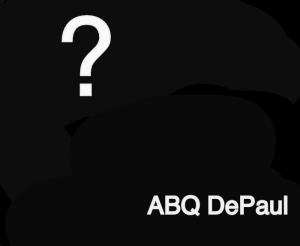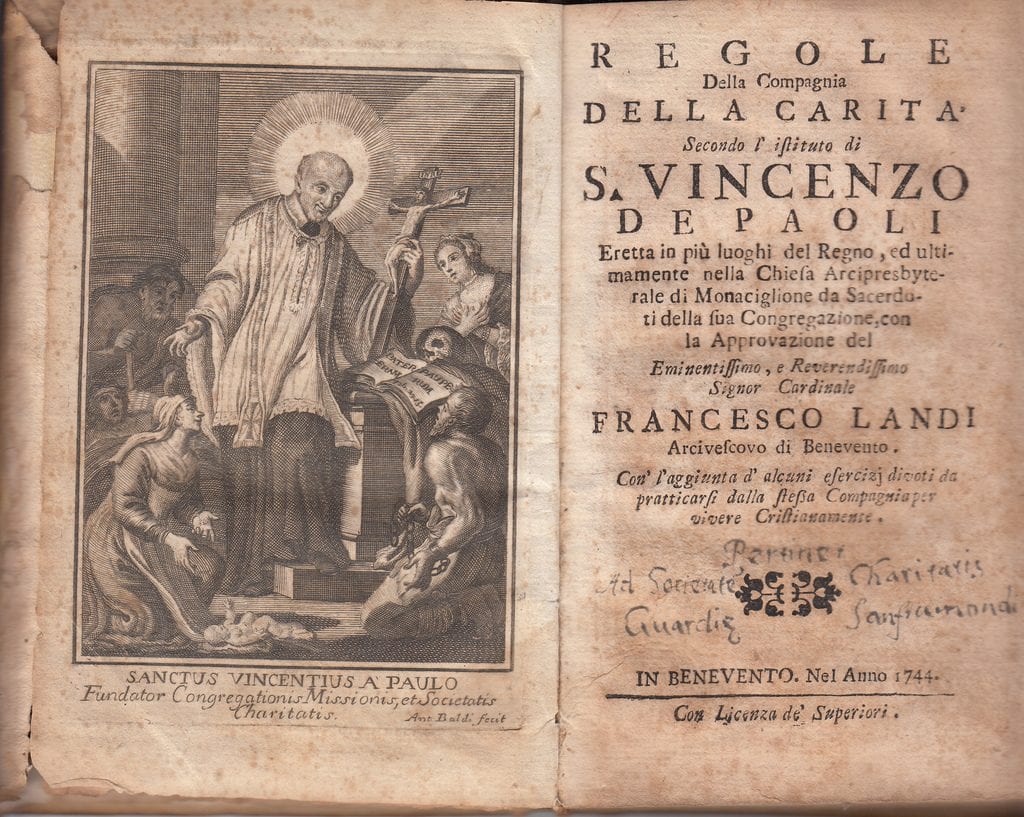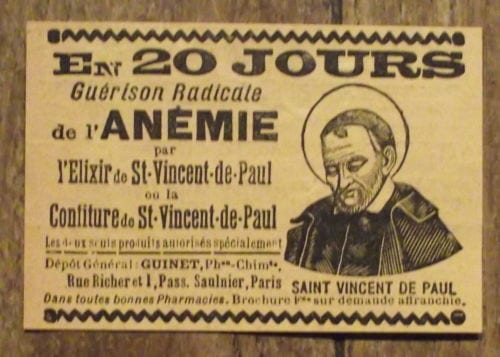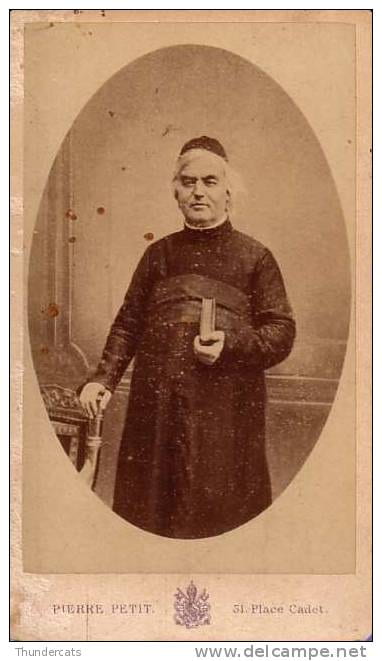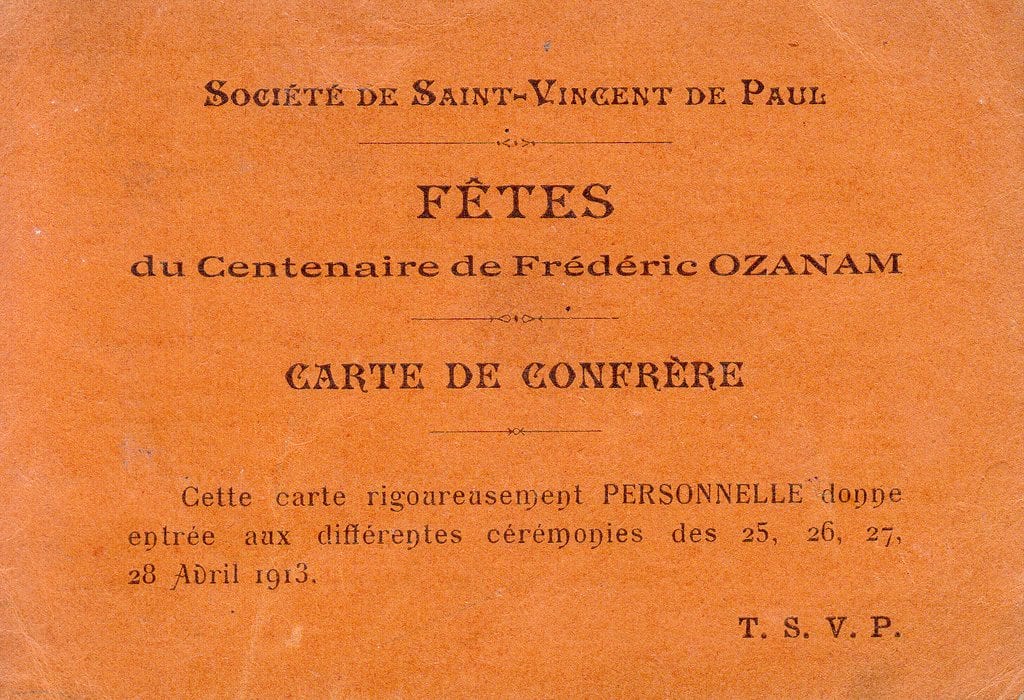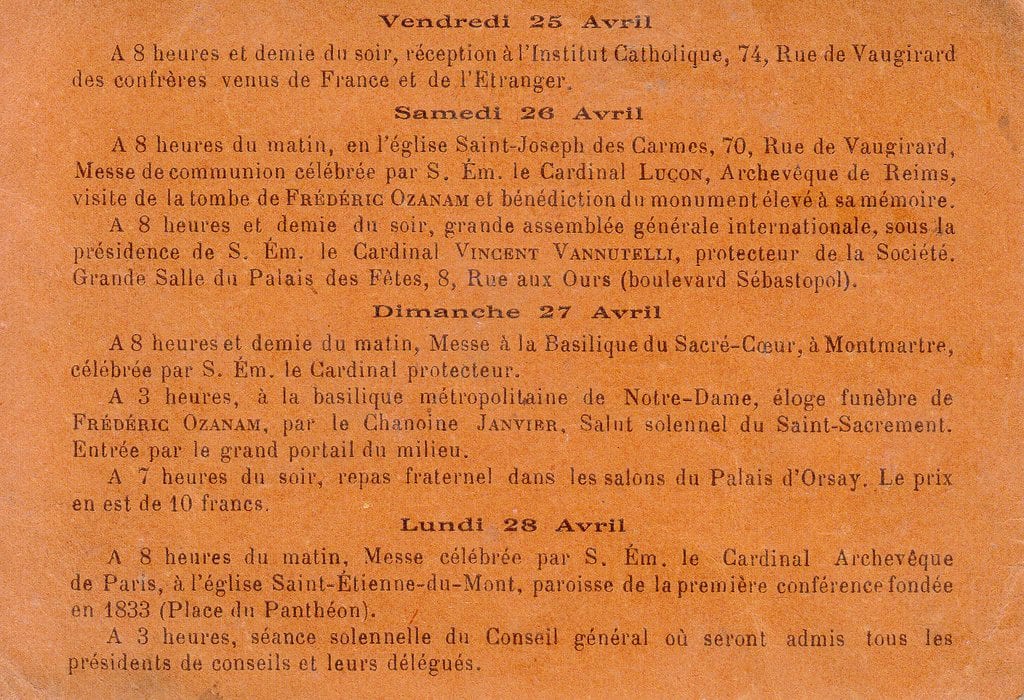Many times, as people—especially people of faith—try to make sense of death (and life), some will say, “This is all part of God’s plan.” Every time I hear this I have to ask, “Is the death of someone we love and value in life part of God’s plan?” I do not believe that God has a great cosmic calendar that indicates my comings and goings in life. For me as a mainline Lutheran pastor, I have learned that words—even words of Grace–never seem adequate and can even cause more angst and confusion. Prayers (mostly in the heart), hugs, tears, silence, listening and simply being with the broken–letting them know they have a safe place–are my responses to those who are hurting. This is my plan for living out God’s grace in the face of things in life that are senseless.
But Katie asked me to provide a perspective on where people might be coming from when they say, “This is part of God’s plan” during tragic moments. So, I asked for clarification from students and friends and colleagues who believe that God does have a particular plan that includes suffering, struggling and dying.
What I learned is that there are some who believe that God’s plan is to bring us to our knees and “humble us” through difficulties in life. It is in those broken places that we will find God and be drawn back to a relationship with God. In other words, some people NEED tragedy and death to “wake them up to the love of God.” God knows what we need, and sometimes it’s suffering or loss. So your loss is part of a plan for your overall good.
Another thing I heard is that God does not have some great cosmic plan for each of us but it IS God’s plan to use the difficulties, death, darkness of life to help us understand that the only way we will find peace and hope and be restored to joy is through God and the love of Jesus. If we face the challenges and difficulties in life by turning against God or ignoring God’s presence in our life, we will remain in the broken and sorrowful places of life. Therefore, God’s plan is to use life’s struggles and sorrows to move us toward healing that can only come through Jesus.
Others believe that nothing happens outside of God’s plan, so even terrible tragedies have significance and purpose. Life and events are not meaningless and hopeless. So if I tell you a terrible loss is part of God’s plan perhaps you will feel it is redemptive in some way – had some reason for happening – rather than just being some uncontrollable event in a nihilistic world, which would make the pain of the loss even worse. These people may believe that limited human understanding cannot comprehend what God has in mind, but if I reassure you that everything is part of a plan you simply cannot understand you might feel better about it.
I am sure there are many more reasons to say, “It’s all part of God’s plan,” but most of the people I spoke to see it as being comforting and reassuring.


